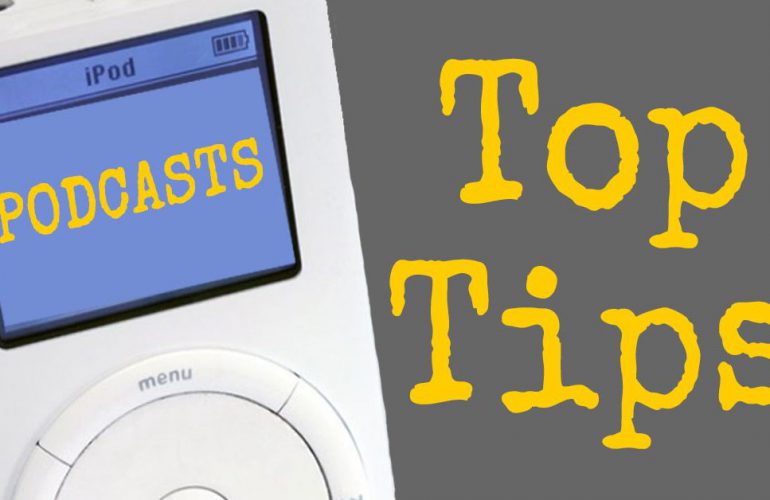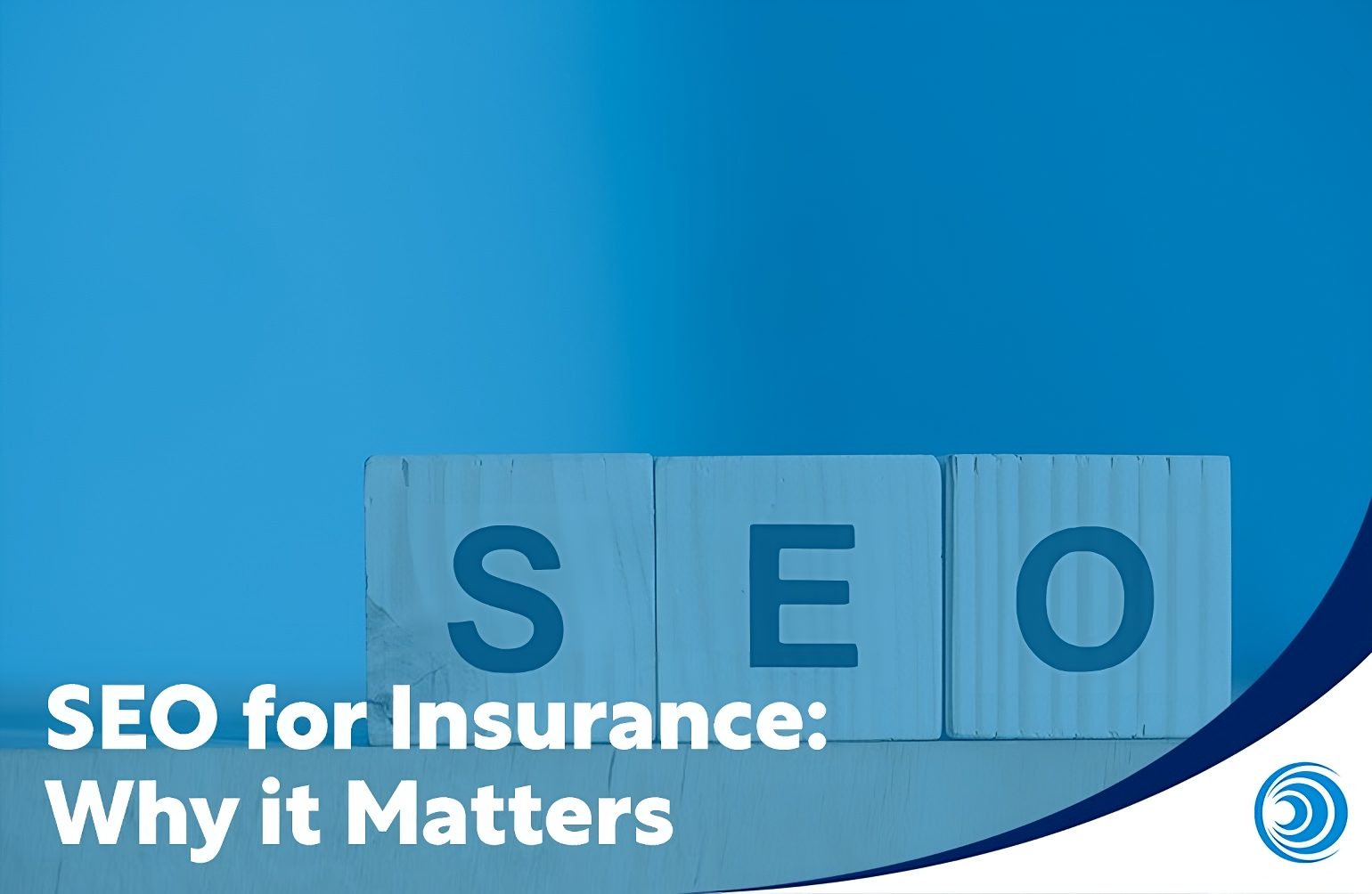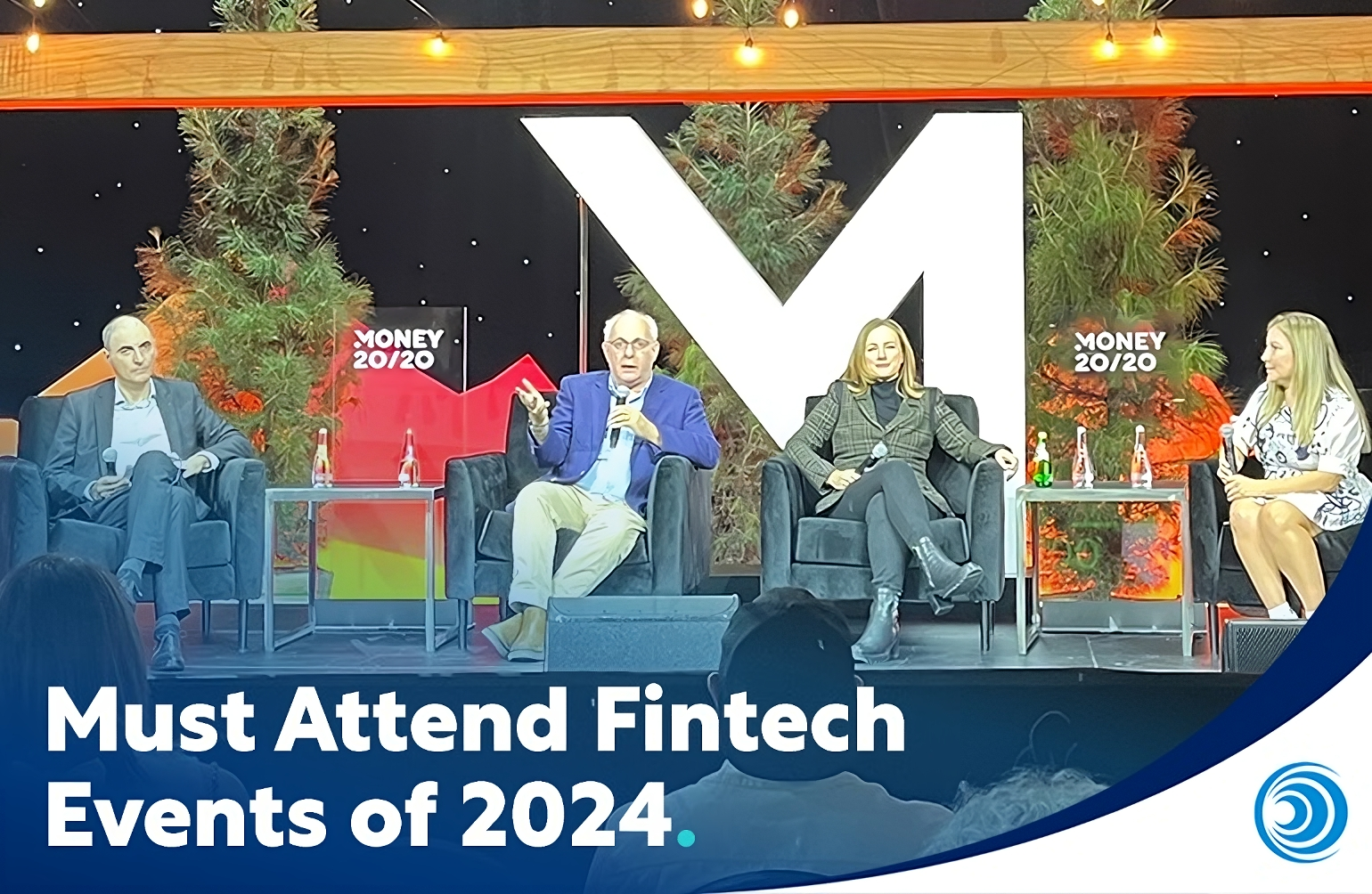
Top Tips for a Prize Fintech Podcast
It’s amazing how quickly you can learn when a content marketing campaign goes viral.
The Fintech Unplugged podcast, which was part of a fintech marketing campaign, went live six months ago so now is a great time to share a few insights about podcasting and our podcast listeners.
1. Build engagement
Before we pitched the podcast format to our client, we engaged a selection of fintech professionals who were our primary audience. Given that the number of weekly podcast listeners has almost doubled in five years to nearly six million between 2013 and 2018, many people were familiar with the medium and happy to offer an opinion.
Some said they found it difficult to invest an hour in listening to a business podcast. For that reason, we made the Fintech Unplugged podcasts shorter than all other fintech podcasts currently available. Early episodes were less than 10 minutes long so no major time commitment.
As we built our audience and attracted more high-profile fintech guests, we extended the episode length accordingly – but we still rarely go beyond 30 minutes.
Quite a number of the fintech community are finding podcasts are a good fit with their leisure activities. Cycling and running were probably top of the list. And of course, there is the daily commute where listening to audio on a train with standing room only is much easier than trying to watch a video.
2. Get to the point
The primary aim of business podcasts is usually to inform and educate. Listeners appreciated the kind of tight editing that’s easier to do with podcasts than video. With podcast editing, you just focus on what you can hear but removing a couple of words or a sentence from a video means you’ll disrupt the visual flow too.
Some listeners can be especially intolerant of superfluous content. For example, it’s common for IT developers to listen to podcasts at x1.5 speed due to their desire to absorb information quickly. Podcasts are ideal for time-poor listeners as rambling sentences can be reconfigured and repetition can be easily removed.
3. Switch on the imagination
Research published by The Guardian offers an interesting comparison of audience reaction to video versus audio. Although some people may say they find video more engaging, the scientific monitoring of the heart rate andelectrodermal activity strongly indicated a higher emotional reaction to audio. The research suggests this is because people use their imaginations more when there are no visuals and this in fact creates higher levels of engagement. The research was focused on audiobooks rather than podcasts but it does suggest that the audio format has hidden powers.
Most business podcasts are straight recordings of the conversations of people in a room which can allow the mind of the listener to wander. Adding occasional sound effects enabled us to easily create fictitious scenarios in the minds of the listener that would not be possible on video. We transported listeners to locations from a Mediterranean beach to a barbeque to a cramped prison cell to experience what might happen if they flout GDPR laws.
4. The cost is in the edit
Logic dictates that recording a podcast should cost less than video as there’s less expensive equipment to hire. Absolutely right. Some podcasts are basically simple recordings of people talking in a room with little or no editing. Those are quick to produce and certainly should be cheaper than video.
But are podcasts always cheaper than video to produce? It depends on how far you want to go in removing superfluous content (see point 2) and how creative you want your podcast production to be (see point 3).
Creativity is not just about post-production and sound effects. You need a format for your podcast that enables you to signpost the most important content. This will take a little thought before you hit the record button. Think about creative scenarios or devices you could build into the flow of your podcast. For example, the ‘Bin Of Confusion’ in the Fintech Unplugged podcast is a great way for the presenters to incorporate controversial questions anonymously. It also has a simple sound effect that disrupts the spoken content and focuses the listener’s attention on the forthcoming question.
5. Don’t sweat it
Many times in my career, I have witnessed the metamorphosis of relaxed, charming and chatty people into monosyllabic planks of wood. This phenomenon occurs as you set up a video camera and lighting kit in front of their faces. No amount of telling that person to relax will make any difference. Podcasting is far less intimidating and you’re likely to get more from your subjects. They will not be distracted by the imposing equipment and won’t suffer the common indignity of sweating on camera. And it’s much quicker to set up.
6. Never write a script
Don’t write a script for a speaker. When the vast majority of people read from a script, their voice instantly loses its natural inflection and warmth. On the other hand, speaking points are essential. List the key points they need to make in as few words as possible. Don’t even write in full sentences so they have to convey the points in their own words.
The perennial truth
With the rapid rise in listening figures for podcasts, it’s clear that podcasting is a huge opportunity to create a content marketing or communication campaign to reach and engage with your audience. But as with any form of communication, it is always quality and relevance to your target audience that will determine success. Be creative, concise and authentic to take full advantage of this emerging marketing channel and give your audience a dynamic new way to tune into your brand.



